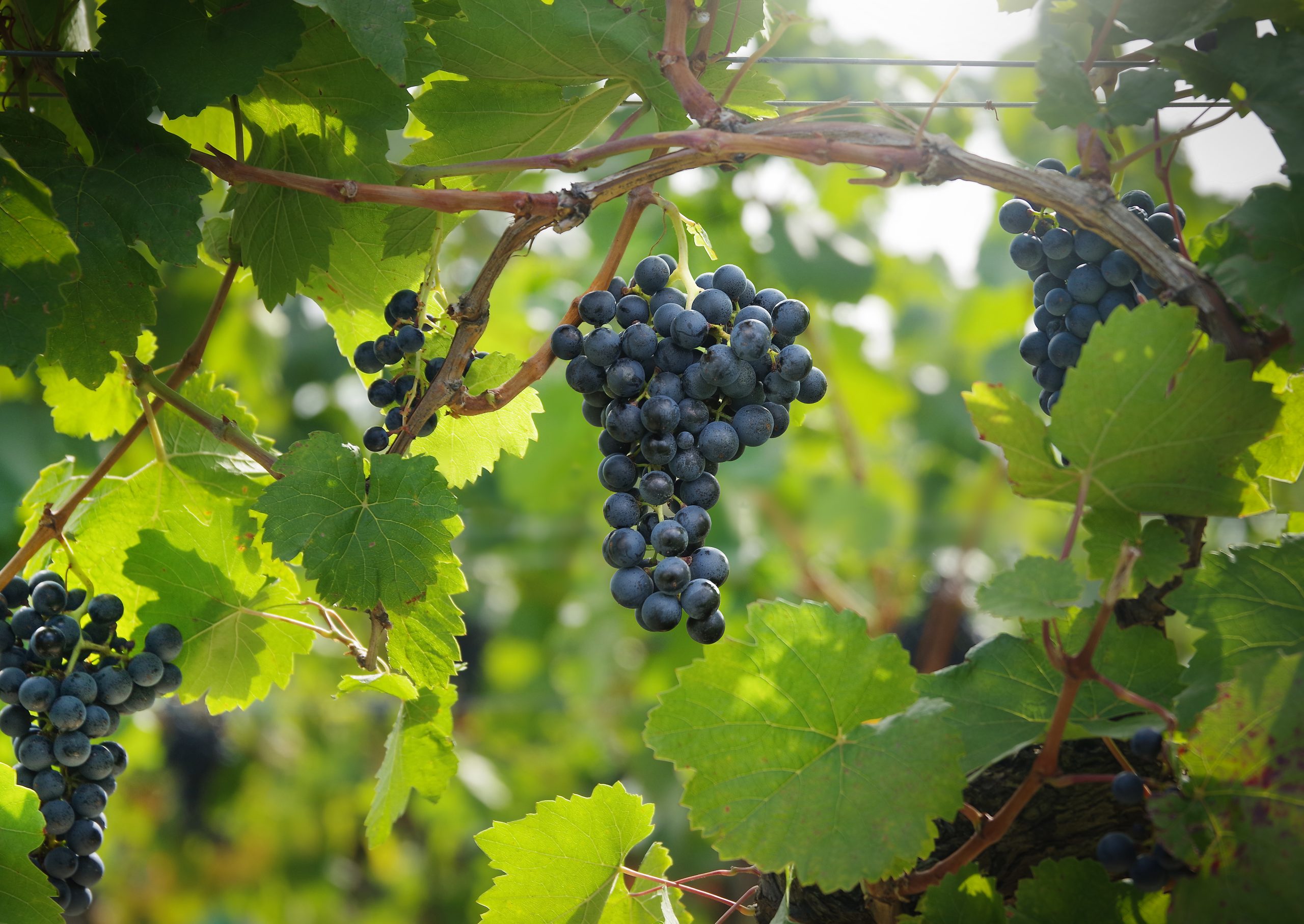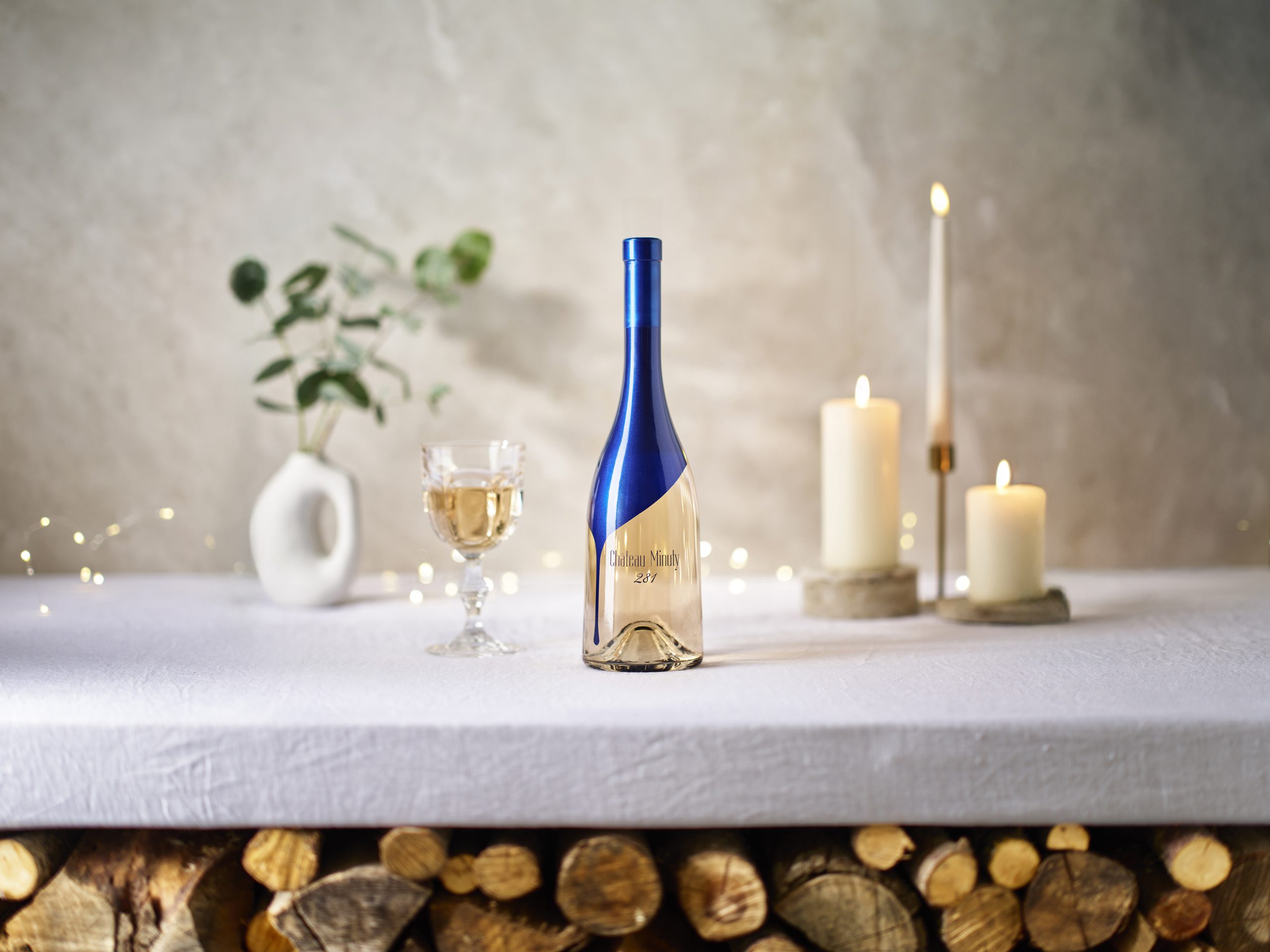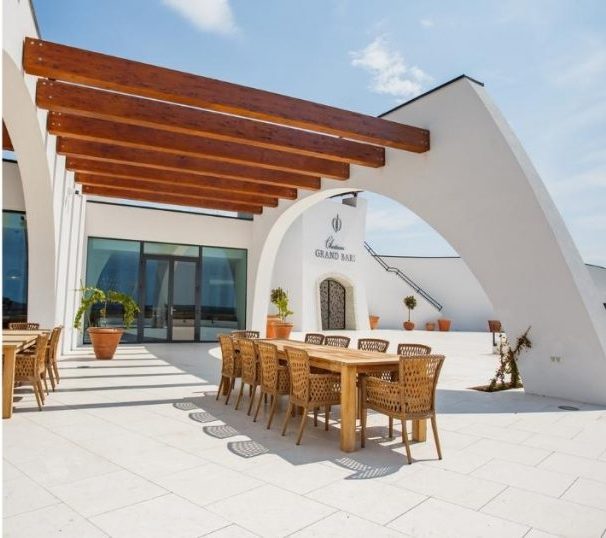Amphora wine 2.0: The resurgent movement
Making and storing wines in clay vessels has a long history – but today’s winemakers are putting amphorae to fresh uses.
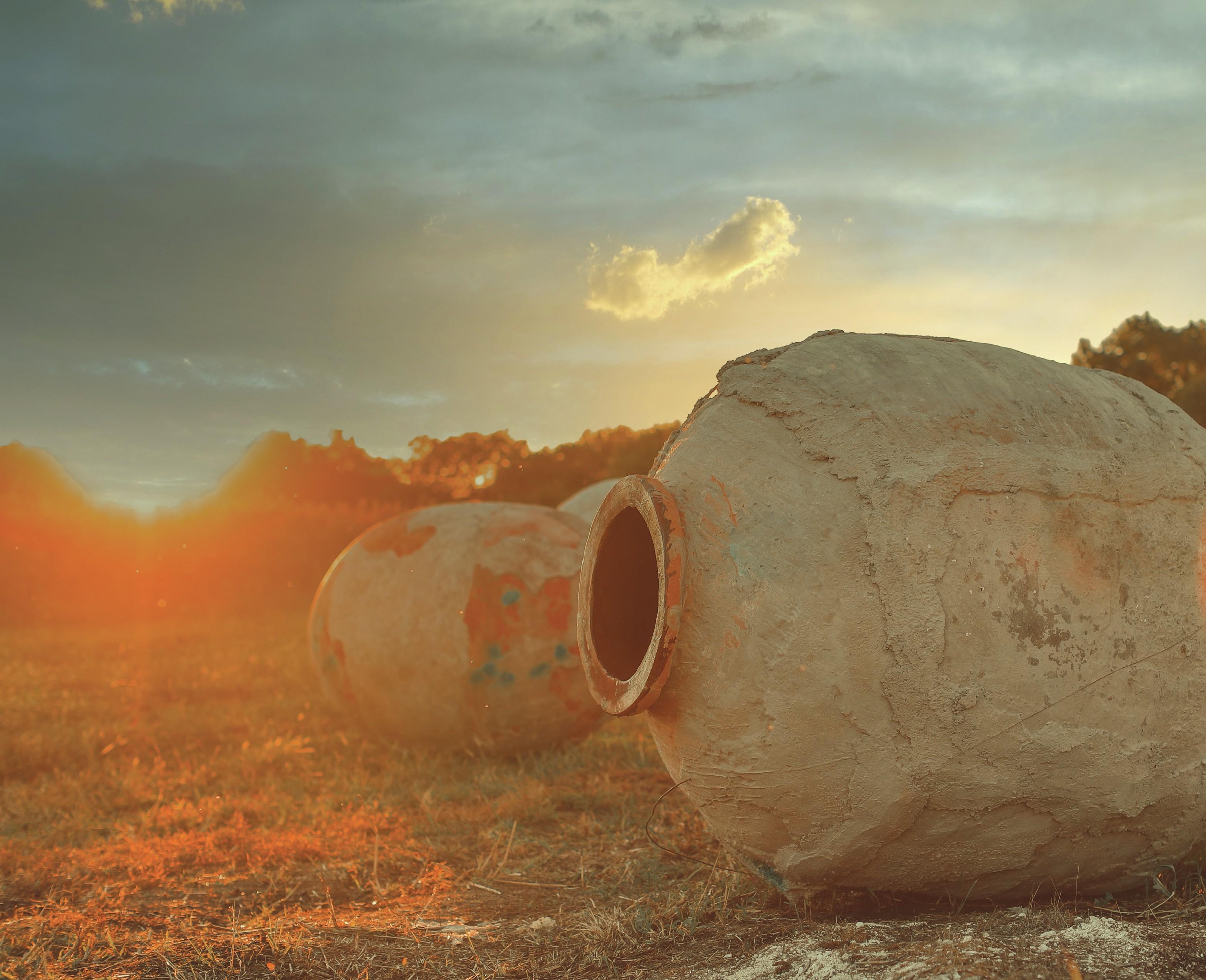
Whether in talha, qvevri, karas, tinaja, pithos or amphora, wine has been vinified, matured and transported in clay vessels ever since humans discovered the alchemy of a fermented grape. Yet in a world now dominated by oak and stainless steel, amphorae are enjoying a vigorous renaissance.
There’s even an international celebration, Amphora Wine Day, convened almost annually since 2018 by Alentejo producer Herdade do Rocim.
The latest event, held on 16 November 2024, not only showed the forward momentum of this movement, attracting 51 producers from seven different countries, but also the diversity of approach and mindset that exists within the amphora wine community.
“Amphora wine is where the ultra-traditionalists meet with the hipsters from New York or Amsterdam,” explains former anthropologist David Picard who, together with his evolutionary biologist wife Catarina Moreira, launched Lisbon urban winery Adega Belem in 2019. About 10% of their 10,000-bottle production is made in amphora.
“We don’t have any ideology at all,” insists Picard, whose experimentation so far has revealed “a totally different tool to work with oenologically”. For Picard, the key is to create “a very, very tannic base wine” which responds well to the micro-oxygenating properties of an amphora. The softened, bright-fruited result is either bottled in its own right or blended with a barrel-matured wine. That tannin management is also key for David Morgado, general manager of Alentejo producer Adega Marel. “We’re in one of the hottest regions, near the border of Spain and Portugal,” he explains.
“Freshness is the main goal.” When it’s so challenging to retain acidity in the grapes, Morgado notes that the talha “brings freshness, and almost salty notes to the wine. You could be near the sea”.
Direct opposite
If amphorae can compensate for a lack of acidity, they are also used by producers to achieve balance when the challenge is the direct opposite. “For amphora, we want grapes with strong acidity,” remarks Gianluca Morotti from Piedmontese producer Rocco di Carpeneto. After 10 years, its best results have come not from famously tannic Nebbiolo, but rather Barbera and this variety’s lesser-known genetic offspring, Albarossa.
“Most other producers making Albarossa use new oak to try to tame it, but the wine is f*cking angry,” grins Morotti.
Sometimes it’s not a single grape that is characterised by high acidity, but an entire region. In addition to his sprawling ventures across Portugal, Rocim’s Pedro Ribeiro has worked with English producer Gusbourne to create an amphora wine that he indicates is due for release in early 2025. “The shape of the amphora, that natural bâtonnage, gives roundness to the crazy acidity in English wines,” he explains.
For Ribeiro, the embrace of amphora has been a slow-burn affair that took time to reconcile with his professional training. “If you’d told me 20 years ago that I’d make amphora wines and be at the front of an amphora wine movement, I would have laughed,” he admits. The catalyst was a sales trip to the US back in around 2010. “I realised that sommeliers were not so interested in Château this or that,” recalls Ribeira. “They were much more interested in things like white wines from Slovenia.”
It was a trend that made Ribeiro reevaluate Alentejo’s own wine heritage. Like many producers in the Portuguese region, Rocim already made some amphora wine, “but it was really just for family consumption, something made by one of the farmworkers”, recalls Ribeiro. “Year by year, I gradually started to intervene as a winemaker.”
Partner Content
The hands-off, oxidative approach was initially unnerving for a man who stresses: “I’m not a natural wine freak.” At the same time, Ribeiro’s formal wine education allowed him to improve quality by making important tweaks to tradition. A shift to earlier picking was “a game changer”, he explains. “We’re really now picking at the beginning of August, rather than late September, so there’s very low alcohol and very high acidity. This acidity prevents microbial accidents, and it’s also very interesting for the wine.”
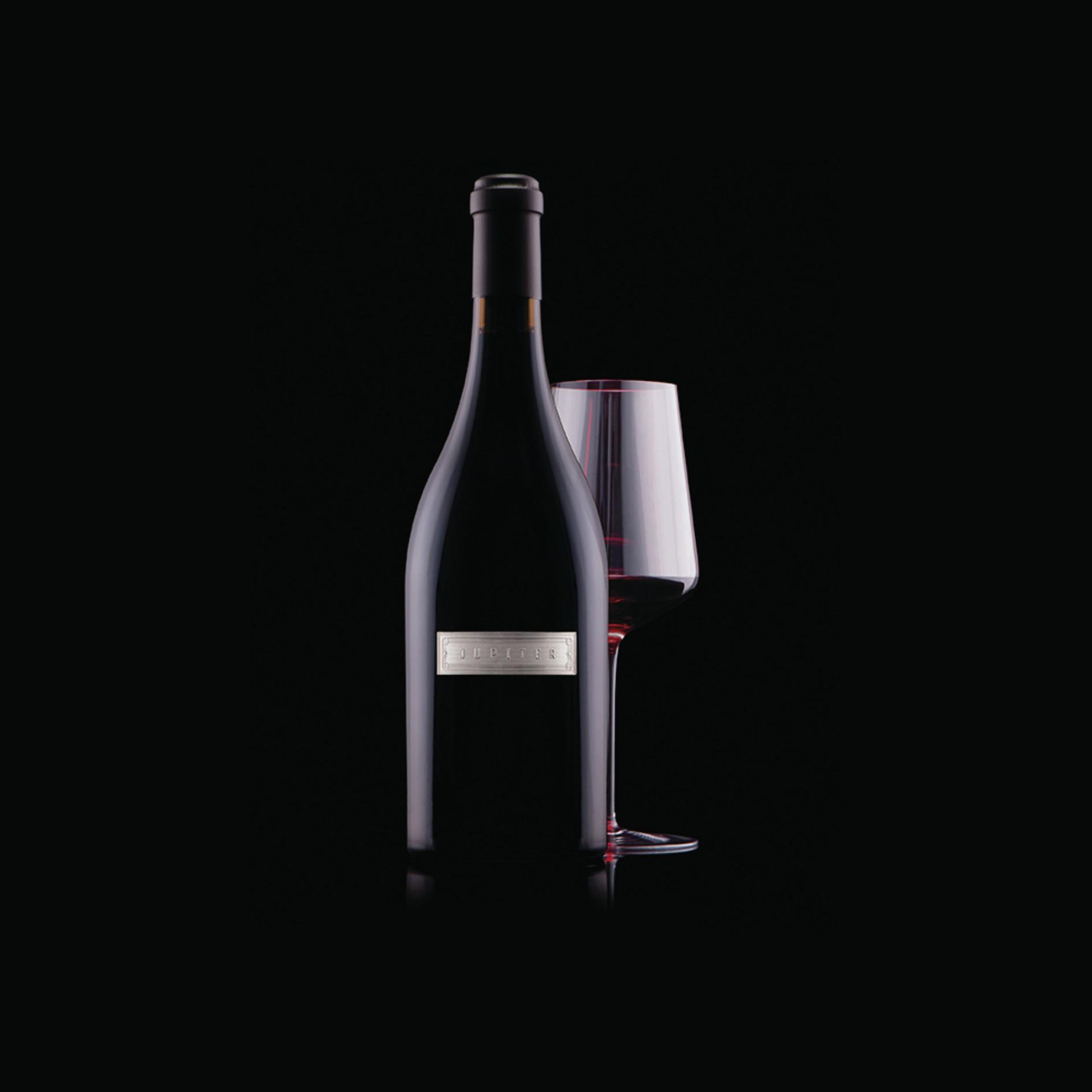
Out of this world: Jupiter was launched with a €1,000 price tag
While the last decade has seen a lively amphora revival in places like Alentejo, it remains a far more radical approach in other regions. “I don’t have people to talk to about this at home,” muses Jon Engelskirger, consulting winemaker for his wife Julie Johnson’s Tres Sabores estate in Napa Valley.
It’s certainly hard to imagine a greater stylistic and philosophical departure from all those luxurious Napa Cabernets than the 11% ABV St Laurent that Engelskirger pours. “I wanted a low-alcohol wine that’s soulful,” he explains. “We used neutral oak, but it didn’t work.” The solution emerged over lunch with Oregon potter and winemaker Andrew Beckham, who sent him three amphorae. At present, this niche Austrian variety is the only Tres Sabores amphora wine. But, riding high on the Amphora Wine Day buzz, Engelskirger suggests: “I’m thinking maybe we should do a Zinfandel.”
Creative outlet
The amphora isn’t just for more alternative types. At South Africa’s Kleine Zalze, these vessels provide a creative outlet for winemakers. But the results from this experimental Project Z range also filter through to improve the core portfolio. Carina Gous, managing director at Kleine Zalze, highlights the producer’s Family Reserve Chenin, which has evolved into a blend of wine from used 400-litre barrels, two 500-litre amphorae and concrete eggs. “We want saltiness, minerality,” explains Gous. “For us, the fruit is always there, so we’re trying to make more elegant wines that tone down the aromatics and fruitiness.” These days, the brand’s mid-tier Vineyard Selection range also comprises roughly 2% amphora-vinified wine.
It would be easy to dismiss amphora wine as just another fad to feed novelty hunters and marketing machines, but let’s not forget that this “trend” has an unbroken history over thousands of years. Therein lies a more compelling reason to take an interest in this resurgent movement. In the face of an ever more restrictive anti-alcohol movement, these amphora styles provide a vivid reminder that wine isn’t just an alcoholic beverage, but a product intrinsically connected to place, people, history and livelihoods. In fact, you don’t have to be an anthropologist to view the amphora as a symbol of civilisation itself.
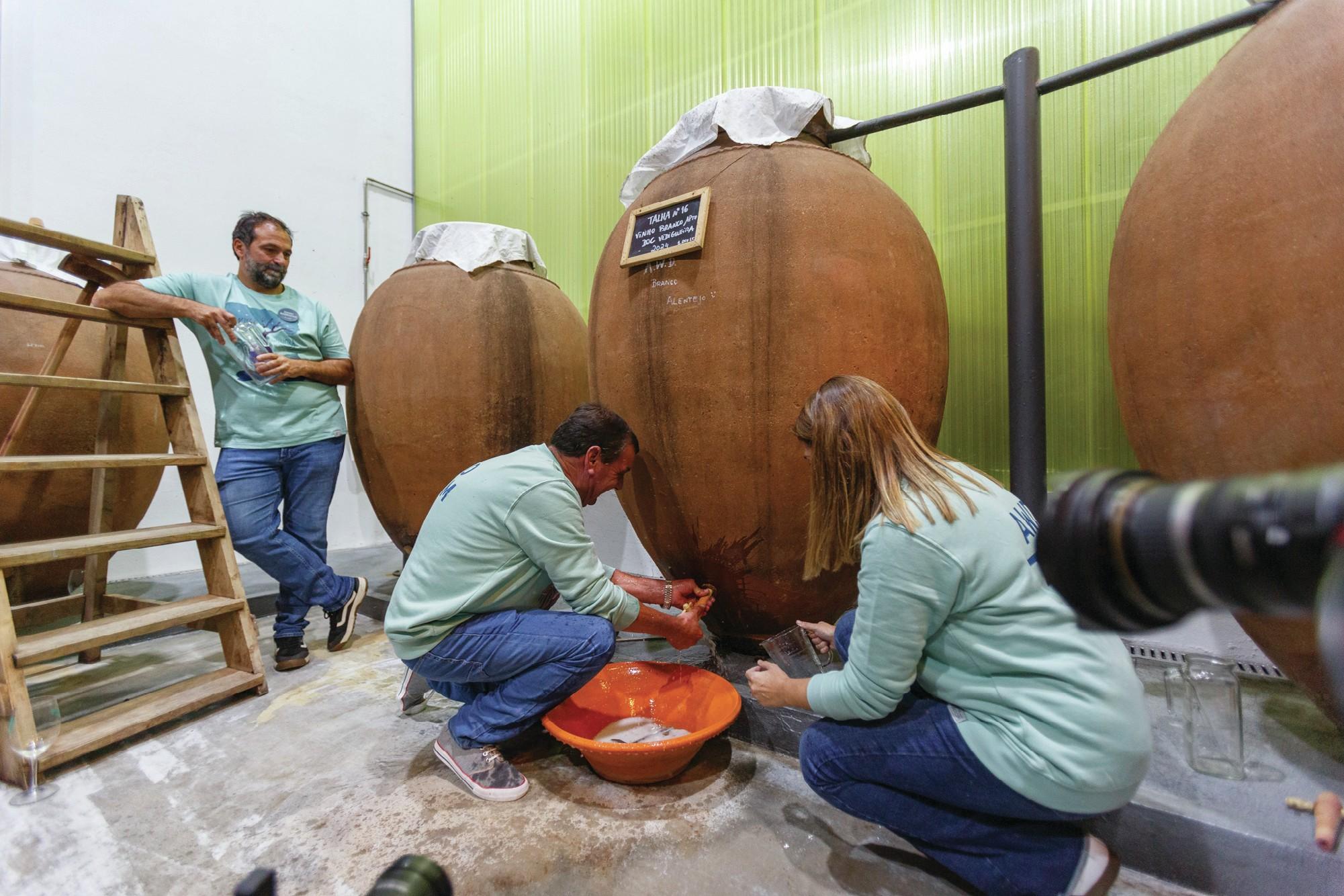
Herdade do Rocim Talha winemaking at Herdade do Rocim
Can amphora wine ever be considered fine wine?
Attitudes rarely change in a single moment, but the 2021 launch of Jupiter by Herdade do Rocim saw amphora wine rap loudly on the door of fine wine gatekeepers. With a €1,000 price tag that made it, according to Rocim, the most expensive Portuguese table wine on the market, all 800 bottles of Jupiter sold out within three weeks. Attempts to recreate the wine have so far failed – “We did try,” confesses Pedro Ribeiro – but Rocim now releases an amphora wine made with fruit from the same 0.36-hectare vineyard under the Vinha da Micaela label, at a still distinctly ambitious €186 per bottle. Together with other wines in the Rocim portfolio, it aims to raise the image of a wine style that has long been sold in Alentejo for just a few euros per litre.
“We sell it as a single-vineyard wine, not a vinho de talha,” remarks Filipe Wang, sommelier at the Lisbon branch of JNcQUOI restaurant and private members club. For Wang, there is no automatic conflict between the characteristics imposed on a wine by amphora and the pursuit of terroir expression. “I think we should look at the amphora like any other container,” he argues. “Oak brings certain characteristics, and so does amphora.”
Whether they choose to shout about it or not, many highly regarded producers have embraced the amphora. From Agricola Foradori in Trentino-Alto Adige to VIK in Chile and Yangarra in McLaren Vale, the amphora has some pretty influential friends. That influence can also be disproportionate. At 50,0000 bottles per year, Rocim may claim to be Portugal’s largest amphora wine producer, but that’s still a tiny proportion of the company’s annual 1.5 million bottle output.
“It’s less than 5% of my wine but, if you ask anyone in the world about Rocim, they say: ‘Oh, amphora!’,” remarks Ribeiro, who draws a parallel with the image of countries such as Armenia and Georgia, as well as Alentejo. “It was kind of connected with big estates, which worked pretty well in the 1990s and 2000s,” he says of his home, “but this whole artisanal thing has given back charm to the Alentejo region.”
Related news
Why amphora provenance matters

